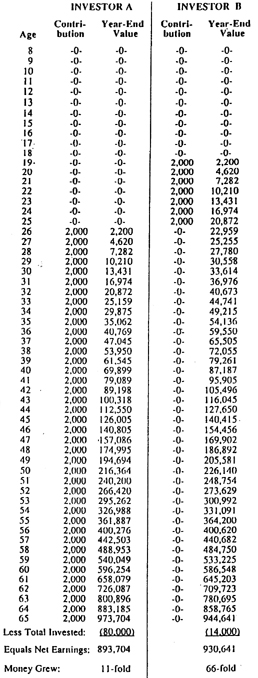The warm weather has brought out the nice group of children (mostly grammar school age) in my neighborhood, and their buckets of chalk. As long as I have lived here they have used our cul-de-sac as a canvas for chalk drawings—more often than not, they are large-scale layouts of houses, living spaces, etc.
And they were out in force late yesterday afternoon. This morning, while putting a letter in the mail box, I stopped to look at what they had drawn. It looks to be a cityscape that covers the entire cul-de-sac. I was intrigued to note the kinds of venues they had included:
"McDonald's," "Subway," and "Starbucks:"
"Target" and "Wal-Mart:"
These tabula rasa (blank slate—a slight misuse of the original term) type drawings remind me of the therapy employed with children in post-trauma settings, where therapists give them blank paper and crayons and ask them to "draw" in order to get a glimpse of their worldview.
If you give modern children—at least this group of modern children—a bucket of chalk and a blank asphalt canvas and let them draw "their world," it's interesting to see what it includes. In the cityscape drawn by my neighbors' children, I was interested in what was included as well as not included. The only things labeled were the five commercial establishments I photographed above. There were no churches or houses of worship, hospitals, libraries, fire stations, schools, parks, gardens, or farms—just three fast-food outlets and two big box retailers. (Maybe they ran out of time and daylight before putting in the venues I note as missing. Even so, it's interesting to see what they drew and labeled first.)
I'm not going to jump to any large conclusions based on what they labeled, but I will say I found it interesting. Fast food and big box retailing. Is that how the average child today views the world?
 A Charlotte-area cyclist was struck and killed by a motorist early Wednesday morning (March 17) as he road to work. Adam Little, 34, was an experienced cyclist and member of a local race team. He was riding appropriately, had a warning light on the back of his bike, but was still struck and killed by a motorist who claimed not to have seen him.
A Charlotte-area cyclist was struck and killed by a motorist early Wednesday morning (March 17) as he road to work. Adam Little, 34, was an experienced cyclist and member of a local race team. He was riding appropriately, had a warning light on the back of his bike, but was still struck and killed by a motorist who claimed not to have seen him.